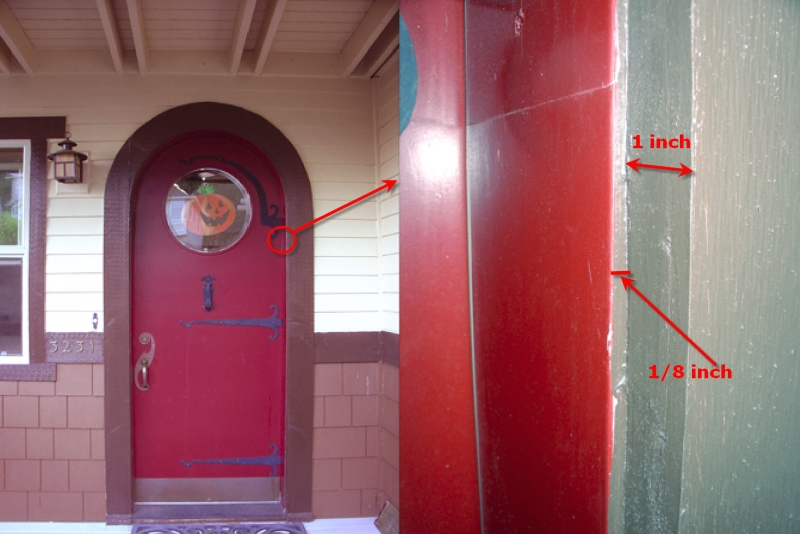Trimming real wood edgeband
Tricks for avoiding tears. April 17, 2002
Question
Anyone have tricks for trimming real wood edgeband? I've tried about everything, including reheating the edge just prior to trimming, but I keep getting tears. I am able to use a razor knife with new blade, but I've got to believe there's a better way.
Forum Responses
Use a router with a spiral downcut bit with a bearing. Also use your router guide with a wide fence attachment (4" x 8" piece of stock) to hold you steady as you run the edges. Those bits cut nicer than anything else I've tried. Great for pre-finished, too. You barely have to sand them after.
A router is the way to go. We use a router mounted in a table with a bearing on top of the bit. The bit and bearing are flush with a fence; opposite the fence we have a featherboard to hold the piece against the fence. The featherboard adjusts for different thicknesses of materials and holds the work piece tight to the fence, which must be square with the table. We run the panels on edge, with the banding down against the table. You can trim real close to the door or whatever without touching it. We also use it on unfinished or pre-finished panels, with real good results. Fast and easy and does a nice job in a small shop. Big shops have edgebanders that do everything for you, but we don't all have them.
Use one side of a Virtuex hand trimmer and go with the grain, not against it, just like feeding into a jointer or planer. Take light cuts, and finish off with a file or sandpaper. You have to do one edge at a time but it works quite well. It is easier than razor blades, chisels or time-consuming router setups.
Set up your a router to do this and then leave it set up. Need that router to do some other job? Buy a new one. Figure the time to set up at your shop rate and you'll see that leaving that tool dedicated pays for itself very soon, and then keeps on paying.
I use a Murphy Rogers Stroke sander just for this purpose. Belt size is 6 x 258. The solid wood edge banding I use goes from wood tape to 3/4" solid wood bands (edgebanded wood desktops). Sometimes you can find these machines really cheap. Mine is 51 years old and really works well.
When I trim the edgebanding, I use a router mounted sideways in a table. I lay the panel flat and run it though, and a 3/16" rad bit trims the banding and slightly rounds the corner.
While a router works great for this, once you try a Hoffman lipping planer you can use that router for something else. The Hoffman planer will exceed your expectations.
The comments below were added after this Forum discussion was archived as a Knowledge Base article (add your comment).
Comment from contributor A:
Without going to too much expense and if I have only a small run to clean off, I usually use a standard square file. I use the edge that is milled and, using a scissor action, file the edge off. A board can usually be done in seconds. This works on the end grain as well.
Commment from contributor B:
For years we have used 5/16 thick solid bands. We trim these on a table-mounted router with an insert carbide flush trim bit. The router is mounted sideways and one of the small Delta powerfeeds is all that is needed to climb feed the stock through (no danger with such a small bit). The result is zero tearout.
Commment from contributor C:
For edge trimming real wood veneer, I find you can't beat the control and quietness of a razor sharp wide chisel or better yet, the Lee Valley/Veritas Flush Plane. Razor sharpness combined with a slight scissor action downward will even work against most bad grains. However, with practice you'll learn to recognize some grains that will give you problems from a certain direction so take it slow as you approach, then attack it from the other direction if you get that impending feeling of grain tear.
I always mount the panel vertically so I can see the grains and scissor the blade downward on the panel face - no noisy router. A sharp blade and a quiet shop are therapeutic working conditions. It might be a little slower than a router with a flush trim bit but I find there is less sanding clean-up where the trim bit might have marred the panel face slightly. Wicked grain changes are not immune to tearing when routers are used, however as one writer suggested, if you find a rare spiral down-cut with flush trim bearings, you're likely better off.
